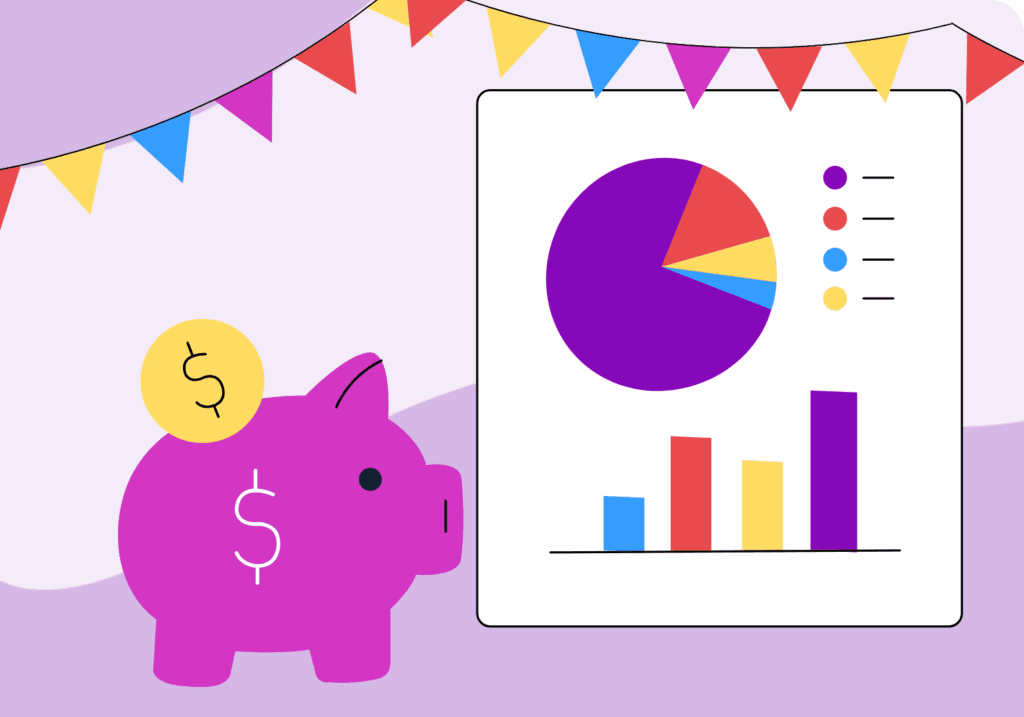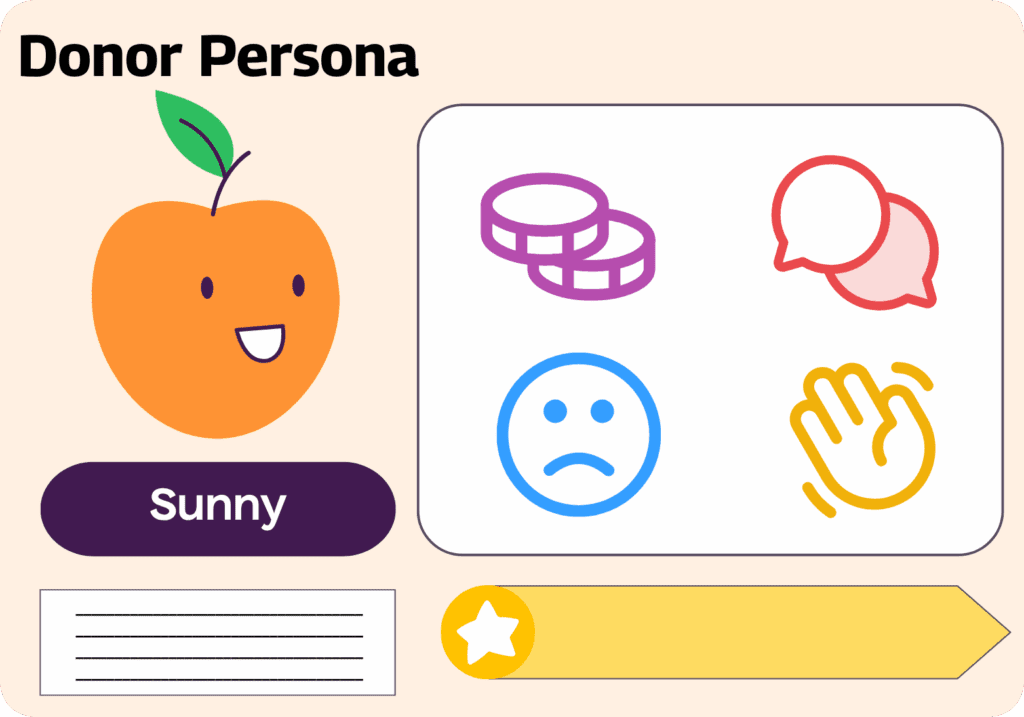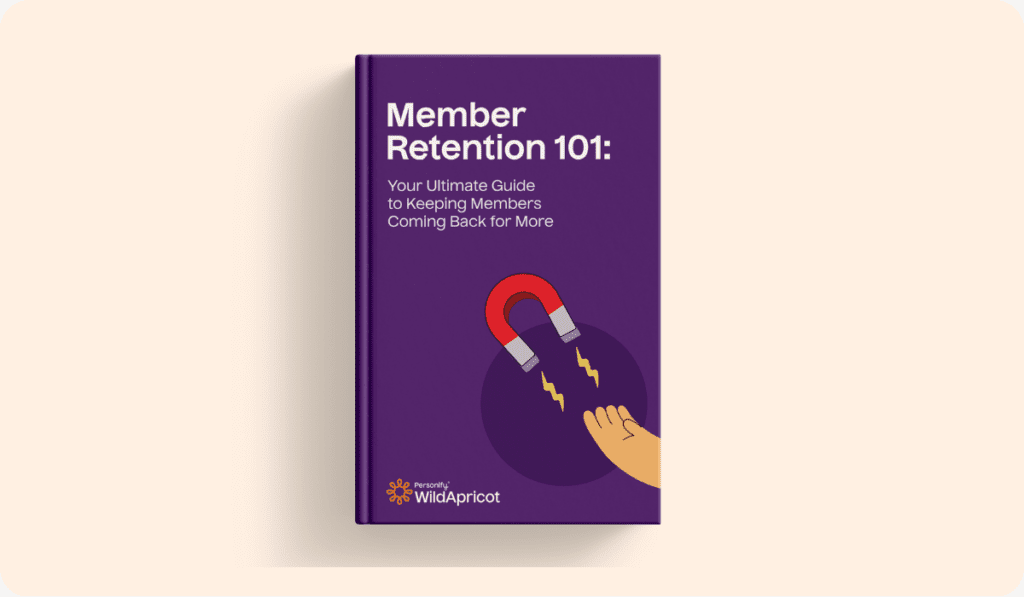Every event takes time, money and energy to plan. But when it’s over, one big question always comes up: was it worth it?
That’s where event ROI comes in. Event ROI, or return on investment, helps you see whether the resources you put into your event actually paid off. For event planners, it’s proof of value, a way to show stakeholders the impact of your work and a roadmap for making the next event even better.
The challenge is that ROI in events isn’t always so easy to track. Some results are obvious, like ticket sales or new memberships. Others, like attendee satisfaction or brand awareness, are harder to measure but are just as important. The good news is that there are clear methods and tools you can use to measure event ROI with confidence.
In this guide, we’ll break down what event ROI really means, why it’s important and the steps you can take to measure it effectively. You’ll also see formulas, tools and practical ways to improve your ROI over time.
What Is Event ROI?
Event ROI is a method for measuring the success of an event compared to the resources that went into it. In simple terms, it looks at what you gained versus what you spent. For some events, that “gain” might be revenue. For others, it could be brand awareness, lead generation or stronger member engagement.
At its core, ROI is about value and cost. Value is what the event brings back to your organization. Cost is what you had to put in to make it happen. Once you have those two pieces, you can see if the event delivered more than it consumed.
Event Value
Event value comes in many forms. The most straightforward value is revenue from ticket sales, sponsorships or post-event purchases; however, not all events are about direct sales. For member-based organizations, value could mean higher retention, new signups or stronger community engagement. For corporate events, it could be generating quality leads, fostering client relationships or increasing product awareness.
Value can also be intangible, like how satisfied attendees felt, how widely your event was shared on social media or how much stronger your brand reputation is afterward. These aren’t always tied to dollars, but they’re still part of the return your event creates. Sometimes, the goal you’ve set for your event will be these immaterial values, so it’s important to have a way to measure them.
Event Cost
Event cost is everything you spend to make the event happen. This includes obvious expenses like venue rental, catering, technology and staff. But it should also include less visible costs, such as the time your team invests in planning, marketing and follow-up.
Costs also go beyond the event day itself. Pre-event promotions, design work and post-event reporting are all part of the investment. To calculate ROI accurately, you need a complete picture of both direct and indirect costs. Otherwise, you risk underestimating what the event truly required.
Why Do You Need to Measure Event ROI
Events don’t just happen in isolation. They take budget, staff and time that could be used elsewhere. Measuring event ROI is how you show that the investment was worth it. Without it, you’re left with guesses and opinions rather than solid proof.
For event planners, ROI serves a few key purposes. First, it’s a way to demonstrate value to leadership, sponsors or board members. Numbers carry weight. Being able to clearly demonstrate the return builds trust and helps secure future funding.
Second, ROI helps you make smarter decisions for future events. If you know which sessions drove engagement or which channels brought in the most registrations, you can double down on what worked and drop what didn’t. It turns event planning into a cycle of improvement, rather than starting from scratch each time.
Third, ROI can justify the work your team puts in. Events are resource-heavy. By measuring ROI, you can show that the time and energy your staff invested created meaningful outcomes. This matters for recognition inside the organization as much as for external reporting.
When you measure event ROI, you move beyond “the event felt successful” to “the event was successful, and here’s the proof.”
Read more: The Burnout Epidemic in Nonprofits: Solutions for Both Leaders and Staff
Key Metrics for Calculating Event ROI
Before you can measure event ROI, you need to know what to track. The right metrics depend on your event’s goals, but most fall into two categories: financial and engagement-based. Both matter because together they give a complete picture of the return.
On the financial side, revenue is the most obvious metric, including things like ticket sales, sponsorship fees, exhibitor fees or post-event purchases tied to the event. You’ll also want to track new memberships or clients gained directly through the event, since those can provide long-term value beyond the event itself.
Engagement metrics show the less tangible side of ROI. Attendance numbers are a decent start, but you should also look at participation during the event. Did people attend sessions, ask questions or interact with exhibitors? Post-event surveys can reveal how satisfied attendees were and whether they’d return in the future.
Digital metrics are another important piece. Registrations that come through specific marketing campaigns, website traffic around event time and social media activity all reflect your event’s reach and influence. For virtual or hybrid events: data from your event platform, like time spent in sessions or chat activity, can give even deeper insights.
Read more: 12 Fundraising Metrics Your Nonprofit Needs to Track
The best approach is to select a combination of metrics that directly align with your goals. If your primary goal is revenue, closely track sales and conversions. If the goal is community building, focus on engagement and satisfaction. Clear metrics make ROI easier to calculate and explain.
How To Measure Event ROI
Measuring event ROI starts long before the event itself. To calculate ROI accurately, you need a clear framework for what success looks like and how you’ll track it. That means setting goals, collecting data and applying the correct formulas to compare value with cost.
Read more: Setting Goals for Your Nonprofit
Define SMART Goals
SMART goals — specific, measurable, achievable, relevant and time-bound — give you a solid foundation for tracking ROI. Without them, it’s too easy to focus only on general impressions, like “people seemed to enjoy the event.” A SMART goal would instead look like: “Increase event registrations by 20% compared to last year,” or “Secure 10 new sponsor leads during the event.”
By setting goals with specific numbers and deadlines, you create clear benchmarks. This helps you know exactly what data to collect, making it easier to prove results after the event. SMART goals also keep your team aligned so that everyone works toward outcomes that can be measured and directly tied to ROI.
Track and Gather Event Data
Once your goals are set, the next step is to collect the right data to measure event ROI. Start by tracking attendance and registration numbers, since those provide a baseline for reach. Then go deeper. For example, monitor which sessions people attended, how long they stayed and how they engaged with speakers or exhibitors.
Don’t forget to capture financial data in detail. Record all ticket revenue, sponsorship fees and any sales generated through the event. On the cost side, log expenses for venues, vendors, staff hours and technology.
Post-event surveys are another key data source. They help measure satisfaction, interest in future events and the likelihood of attendees recommending the event to others. Combining this feedback with financial numbers provides you with both the tangible and intangible results that factor into ROI.
Read more: Event Budget Templates for Every Organization (Annual Conferences, Fundraisers, Meetings and More!)
Utilize the ROI Formula
With your event data collected, you can calculate ROI using simple formulas. Each one offers a slightly different view, depending on what you want to measure.
1. Return/Investment Formula
The most basic formula is:
ROI = Event Revenue / Event Expenses
For example, if your event brought in $50,000 in revenue and cost $25,000 to run, the ROI would be 2.0. That means you earned two dollars for every one dollar spent. Since ROI is usually presented as a percentage, you can multiply the number by 100 to get a percentage. In this case, this would be 50,000 / 25,000 * 100 = 200%.
2. Incremental ROI
This version accounts for profit, not just revenue:
ROI = (Event Revenue – Event Expenses) / Event Expenses
Using the same numbers, ($50,000 – $25,000) / $25,000 = 1.0, or a 100% return. This shows how much you gained after covering costs.
3. Incremental Margin ROI
This formula focuses on profit margins rather than total revenue:
ROI = (Gross Margin – Event Expenses) / Event Expenses
Say your gross margin (revenue minus cost of goods sold) is $40,000, and event expenses are $25,000. ($40,000 – $25,000) / $25,000 = 0.6, or a 60% return.
By applying these formulas, you can show ROI in different ways, whether it’s total return, net profit or profit margins. Select the option that best aligns with your goals and the priorities of your stakeholders.
Tools and Methods for Gathering Event Data
Collecting accurate data is what makes event ROI possible. Without reliable numbers, even the best formulas won’t tell the real story. The good news is that there are plenty of tools that help capture and organize data before, during and after your event.
Event Management Software
Event management software can centralize much of your data. Registration, ticket sales, attendance records and payment tracking all feed directly into ROI calculations. A tool like WildApricot is especially useful for associations and nonprofits because it combines event registration, member management and payment processing in one platform. Having this data in one place saves time and helps you keep a full picture of both costs and returns.
Surveys and Polls
Surveys provide insight into attendee satisfaction and engagement, which are harder to capture with numbers alone. You can send short polls during the event to gauge session value or follow up with surveys afterward to ask about the overall experience. This feedback helps measure event ROI by showing how well the event met expectations.
Read more: From Registration to Recap: The Ultimate Event Engagement Guide to Keep Attendees Hooked
Analytic Tools
Digital analytics tools provide another layer of data. Google Analytics can track website traffic and conversions tied to event promotions. Social media platforms display reach, engagement and impressions related to event hashtags or posts. If you used an event app, you can also review participation data like chat activity or session check-ins. Together, these analytics add depth to your ROI calculations.
How To Improve Event ROI
Measuring event ROI gives you the numbers, but improving ROI is about what you do with those insights. Small changes in planning and execution can lead to stronger returns over time. Here are a few strategies to consider.
Sponsors and Partnerships
Sponsors and partners bring in financial support that can offset costs and boost ROI. Building long-term relationships with sponsors is especially valuable because it reduces uncertainty for future events. The key is to align with partners who share your audience and goals, so the sponsorship feels natural and meaningful to attendees.
Read more: How to Get Event Sponsorship: Your Ultimate Guide for 2025
Prioritize the Attendee Experience
Attendee satisfaction is one of the strongest drivers of event ROI. People who enjoy the event are more likely to return, recommend it to others or engage with your organization in the future. Improving the experience can mean booking speakers your audience cares about, offering interactive sessions or streamlining the registration and check-in process. Even small details, like clear communication before the event or a smooth post-event recap, make a significant difference. If you’re running a larger gathering, resources on conference planning can help you organize the details in a way that supports a positive attendee experience from start to finish.
Connect Before and After the Event
Engagement shouldn’t stop when the event ends. Start building connections early with pre-event content, networking opportunities or speaker highlights. During the event, using tools like QR code check-in can make entry faster and give you better attendance data to use later. After the event, share recordings, summaries or resources that extend its value. These follow-ups keep the conversation going and turn a one-day event into a longer-lasting relationship, which adds to ROI.
Learn From Past Events
Finally, use each event as a learning opportunity. Review the data, survey results and ROI calculations to see what worked and what didn’t. Then apply those lessons to your next event. Over time, this cycle of measuring and improving creates steady growth in ROI.










